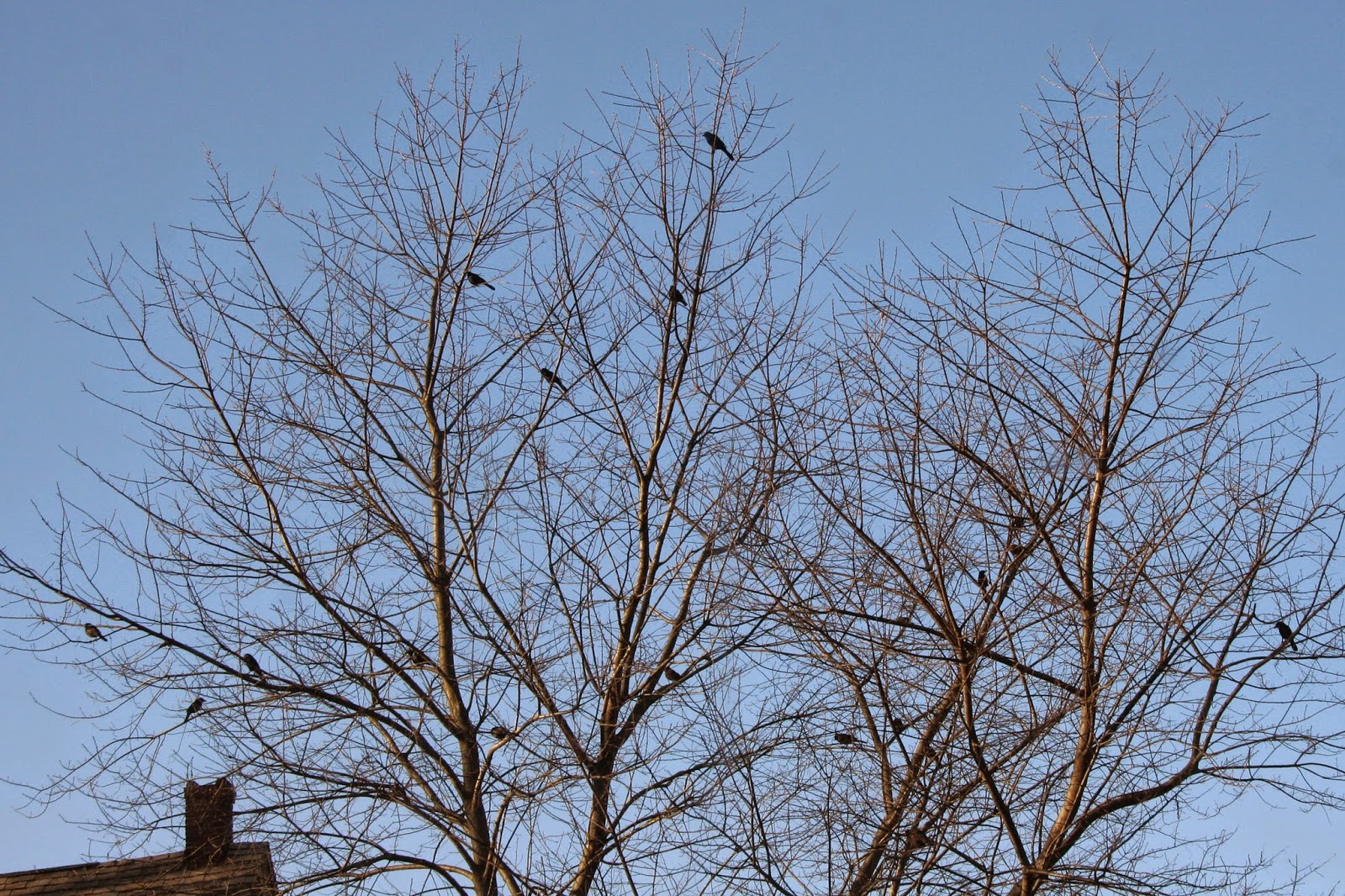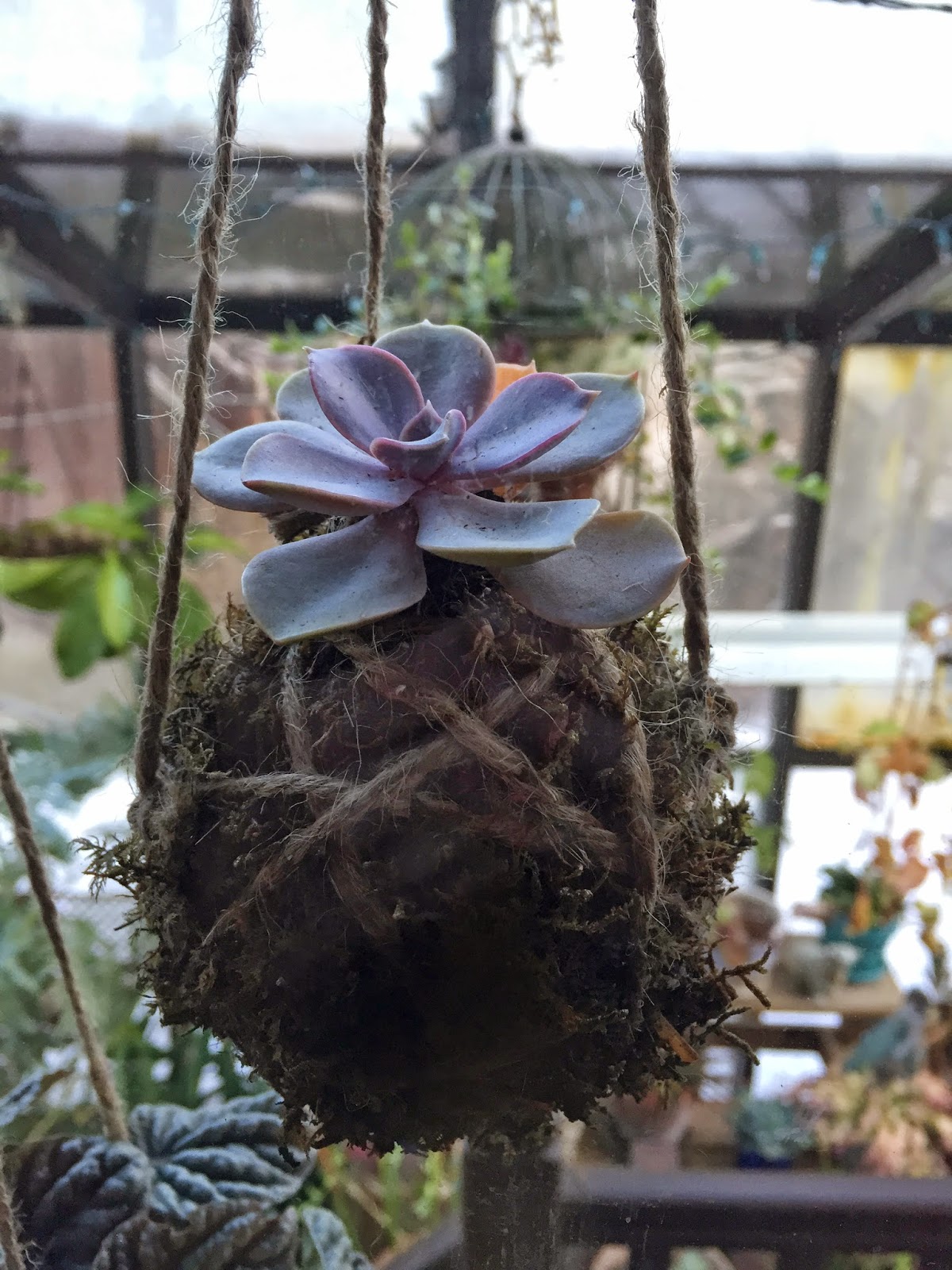The full title of this book is “Nomads of the Wind: The Migration of the Monarch Butterfly and Other Wonders of the Butterfly World.” The copyright is 2008 and I’m not sure it is still in print, however, you can find it through Amazon or Barnes and Nobles’ affiliates on their websites.
I learned about this book when I went to the monarch tagging demo as part of the
Monarch Monitoring Project in Cape May. (See my
blog post about the demo.) During the talk and demo, they were showing photos from this book. I just had to have it.
You may be tempted to keep this as a coffee table book, but that would be an injustice. This book reads like a butterfly adventure story, taking you through the life of Monarch 148 and then 148a and 148b, helping the reader to understand the magical life cycle and amazing migration of the monarchs. The timeline along the left of each spread helps you to follow along the butterfly’s journey. Along this journey, you learn fascinating facts about monarch
butterflies. The glorious photography of Ingo Arndt bring to life the long trek and perils along the way.

The book begins with Monarch 148 emerging from her chrysalis in the Richard Bong State Recreation Area, south of Milwaukee, Wisconsin. 148 faces many obstacles along her southern migration to Mexico: spiderwebs, rain, hungry birds, lack of food (nectar) make it a struggle to survive. Why go on this perilous journey? Monarchs can’t survive cold winters. Other butterflies can overwinter as larvae, pupae, or even as adults, but monarchs must fly south, like many birds. They are the only butterfly known to make a two-way migration.
These small insects are more hardy then they look. They fly hundreds of miles to reach their winter destination in Mexico. One thing that helps the monarch survive on this long trek is their orange color. This color means danger or poison to many predators. Monarch caterpillars feed only on milkweed leaves and therefore are impregnated with Cardenolides, so predators should heed that warning.
How do these butterflies know where to go? There is much debate about that, however the earth’s magnetic field may play a roll. Millions of monarchs end up in the Transvolcanic Mountains of Michoacán in central Mexico every year. Why this particular place? And why specifically on Oyamel firs? That is still relatively a mystery.
In 1992, almost the entire population of one of the largest monarch colonies was killed by a cold front. Masses of butterflies lay dead at the feet of the Oyamel firs.
As spring arrives and their bodies are warmed by the sun, the monarchs head back north, following a different route than when they flew south. Their purpose is to mate and find millkweed to lay their eggs. Just milkweed. No other plant will do. As mentioned before, milkweed is what makes them toxic to predators. They lay one egg per leaf and not more than a few on each plant, so several milkweed plants are needed.
Monarch 148 does manage to lay her eggs before meeting her demise. I will not spoil it by telling you how she dies. Monarch 148 never makes it all the way back up north. It is up to her offspring to do that.
148a is born as a black, white and yellow caterpillar. The main goal of the caterpillar is to eat fast and furious.
Once the monarch caterpillar gets big enough, he starts to molt. That is the sign to stop feeding and to find a place to attach himself to form his chrysalis. This is where the magic happens. This worm-like creature with mouth-eating parts turns into a winged beauty with a proboscis for drinking its nourishment.
When he emerges his goal is to finish the return trip north-east that his mother didn’t finish. It is the same goal for all other monarchs of his generation. He will mate along the way and 148b will be born. And so on and so on. What is truly amazing is this same flight plan south in winter and north in spring is an ingrained part of every monarch’s life.
The last few pages of the book are about other butterfly wonders. Some interesting photos and info there, but really the bulk of this book is about the monarchs.
I loved this book. Not only are the photographs incredible, but it’s a fun read. It gives a real glimpse into the life of monarch butterflies and is not a story you will soon forget. It is a reminder of how remarkable these little creatures are.
Monarchs are important pollinators, and like bees, their numbers are in decline. They are close to being on the endangered list and we need to do what we can to help. One easy way to help is to plant a garden, and in particular, plant milkweed. This is a photo of milkweed pods that I took when I was in Cape May last summer...
I planted milkweed in my yard last year and plan to plant more this year. As mentioned above, the monarchs really depend on more than one milkweed plant for laying their eggs.
If you want to learn more about the amazing migration of monarchs, check out the Nova video “
The Incredible Journey of the Butterflies.” Beautiful footage and great to watch while reading “Nomads of the Wind” book.
To learn more about monarchs and what you can do to help:
MonarchWatch.org
Monarch Joint Venture
US Fish & Wildlife: Save the Monarch Butterfly































